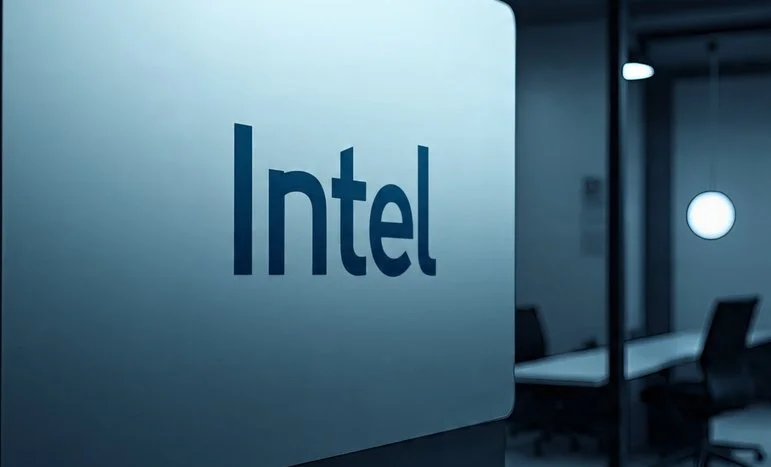
Nasdaq Soars Amid Earnings Outperformance, Raising US Market Correction Concerns
Introduction
The Nasdaq has reached record highs, reflecting the outperformance of U.S. equities, which are growing 2-10x faster than global peers in earnings. While this growth signals robust corporate performance, it also exposes markets to potential overexposure and correction risks.
IMF Chief Economist Gita Gopinath has warned that a significant market correction could have severe global economic consequences, especially amid ongoing tariff disputes and fiscal constraints that limit policy flexibility.
US Earnings Outperformance
U.S. companies, particularly in technology, healthcare, and consumer discretionary sectors, have delivered exceptional earnings growth, far outpacing Europe, Asia, and emerging markets.
Key factors driving this trend include:
- Innovation and AI integration boosting productivity.
- Strong consumer spending, particularly in high-income states like California and New York.
- Corporate cost management and effective capital allocation.
While investors celebrate these results, economists caution that overconcentration in U.S. equities increases systemic vulnerability should earnings disappoint or valuations become stretched.
Tariff Wars and Fiscal Constraints
Ongoing tariff disputes, particularly with China and other major trade partners, add uncertainty to earnings sustainability. Companies face higher input costs and supply chain disruptions, which could erode profit margins if unresolved.
At the same time, fiscal policy constraints — including debt ceilings and budgetary limits — reduce the government’s ability to stimulate the economy in the event of a downturn, magnifying potential market fallout.
Regional Risks and Economic Imbalance
Economists highlight that overweight exposure in key states like California and New York could make the U.S. more susceptible to recession. These states are major contributors to GDP, housing concentrated tech and financial sectors.
Analysts describe the current market environment as “unbalanced growth”, where high-performing sectors mask vulnerabilities in manufacturing, energy, and service industries.
Market Correction Scenarios
A potential market correction could unfold through several channels:
- Valuation adjustments in tech-heavy indices like Nasdaq.
- Investor rotation into safer assets or fixed-income securities.
- Cross-market contagion, affecting global equities and emerging market capital inflows.
Global investors, particularly sovereign wealth funds and institutional funds, monitor these dynamics closely, weighing the risks of concentrated U.S. exposure against potential yields.
Expert Warnings and Recommendations
Gita Gopinath and other top economists emphasize proactive risk management:
- Diversify portfolios globally to reduce overexposure.
- Monitor tariff negotiations and policy updates that may impact earnings.
- Prepare for potential liquidity shocks in high-volatility sectors.
Corporate boards are also advised to maintain resilient balance sheets, ensuring adequate buffers for interest rate hikes, inflation pressures, and supply chain disruptions.
Record Nasdaq highs and outstanding U.S. earnings signal economic strength, yet they come with heightened correction risks. Combined with tariff wars, fiscal constraints, and unbalanced regional growth, these factors underscore the need for careful monitoring of market exposure and risk mitigation strategies.
Investors and policymakers alike must balance optimism with prudence, as a sudden U.S. market adjustment could ripple globally, affecting trade, investment, and economic stability.
We appreciate that not everyone can afford to pay for Views right now. That’s why we choose to keep our journalism open for everyone. If this is you, please continue to read for free.
But if you can, can we count on your support at this perilous time? Here are three good reasons to make the choice to fund us today.
1. Our quality, investigative journalism is a scrutinising force.
2. We are independent and have no billionaire owner controlling what we do, so your money directly powers our reporting.
3. It doesn’t cost much, and takes less time than it took to read this message.
Choose to support open, independent journalism on a monthly basis. Thank you.














